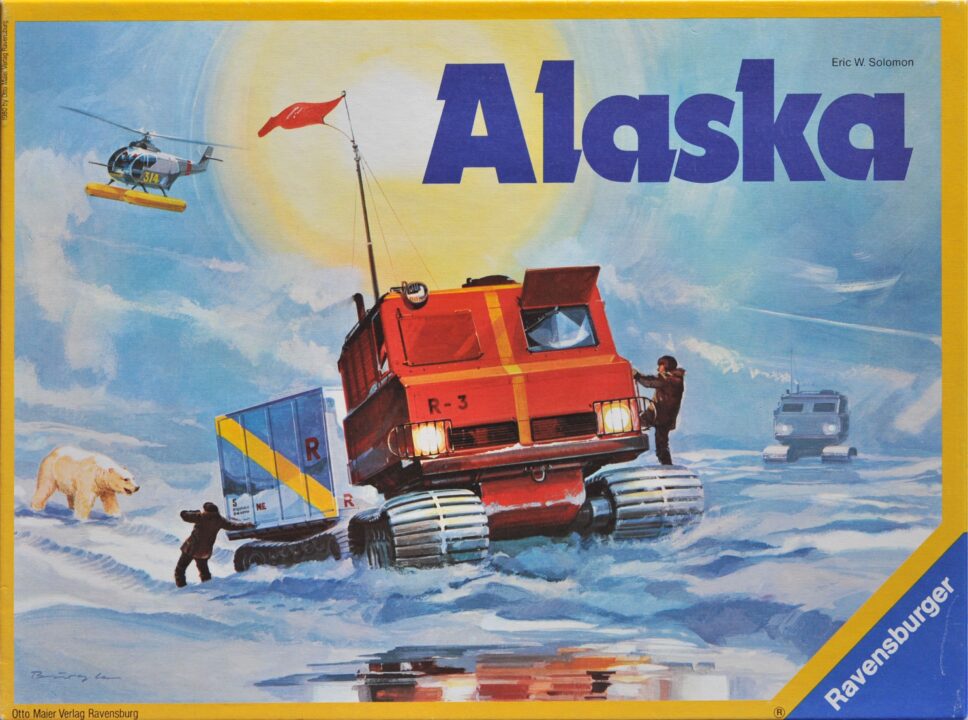Welcome to my review of the board game Alaska! Grab your winter coat and a hot cocoa because this game takes you into the heart of the frozen wilderness. From its beautiful artwork and sturdy components to its strategic depth and high player interaction, Alaska promises an exciting adventure. But, does it really live up to the hype? Well, let’s find out!
How It Plays
Setting up
First things first, lay out the modular tiles to form the game board. It’s like putting together a puzzle, minus the frustration. Hand out player pieces, resources, and cards. Each player then places their base camp on the board.
Gameplay
Each player takes turns exploring, gathering resources, and building up their camp. You move across the board, collect items, and fend off wildlife—yes, you might encounter a bear! Strategy is key, but some luck with dice rolls and card draws keeps things lively. Negotiate with other players or go head-to-head in fierce competition for resources.
Winning the game
The game ends when a player completes their camp or when no more resources are left. Count up your resources, buildings, and completed missions. The player with the most points wins, basking in the glory of an Alaskan winter victory!
Want to know more? Read our extensive strategy guide for Alaska.
Game Mechanics and Balance in ‘Alaska’
Let’s talk about the heart of any board game: the mechanics. ‘Alaska’ is a game about surviving in the wild, and boy, does it get your heart racing. Each player takes on the role of a rugged outdoorsman (or woman) trying to thrive in the unforgiving Alaskan wilderness. There’s fishing, hunting, gathering supplies, and even some good ol’ fashioned sledding for resources. The mechanics are solid, and they make you feel like Bear Grylls, but without all the bug-eating.
One thing ‘Alaska’ nails is balance. The game’s designers did a bang-up job ensuring no one strategy always wins. You can’t just fish your way to victory or rely on hunting alone. Mix it up, or you’ll be wolf food. In my game nights, we’ve had players win by different strategies, from savvy trading to hoarding supplies. It keeps everyone guessing and on their toes.
However, I’ve got to be honest. Luck does rear its head now and then. The game’s cards can sometimes tilt things in favor of one player over another, which can be a bummer if you’re not on the winning end. But, overall, it’s not a deal-breaker. The game feels fair most of the time, and it’s more about how you manage your resources and plan your moves.
If you’re like me and get grumpy when a game feels rigged, you’ll appreciate ‘Alaska’. It’s challenging, competitive, yet fair enough to keep the good vibes flowing among friends. Now, let’s sled down to the next section where we’ll talk about Replayability and variability. Hold onto your hats!
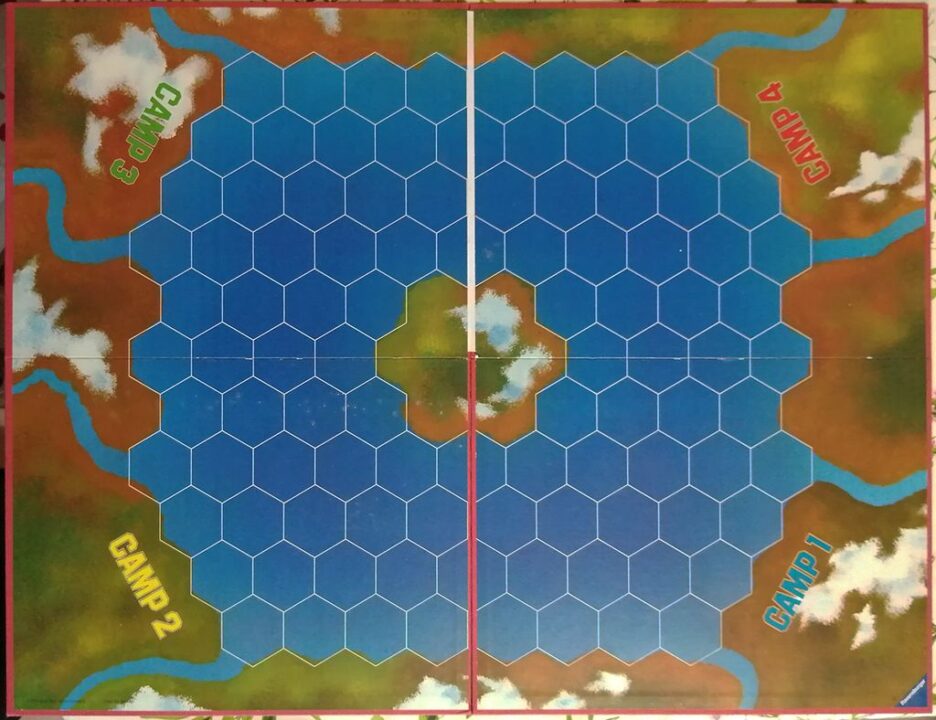
Replayability and Variability in ‘Alaska’
Hands up if you ever bought a board game, played it once, and then watched it gather dust on your shelf. Yeah, me too. But ‘Alaska’ is a whole different beast. The game’s replayability and variability are like a trusty sidekick that keeps you coming back for more.
First off, let’s talk about the replay factor. This game has a plethora of strategies to explore. One game, you might focus on hunting for food. The next, you could be building strong shelters. It never feels repetitive because you can always switch up your approach. It’s like wearing a different hat every time you play.
Then there’s the variability. ‘Alaska’ comes with modular tiles that change the game board every time you set it up. Imagine not knowing which part of the freezing wilderness you’ll have to navigate next. It’s like trying to find your way around your buddy’s hometown without a map. This keeps things fresh and the challenge alive.
Adding more to the variability, the game includes different scenarios and objectives. You might have to rescue stranded hikers in one game and then search for ancient relics in another. It’s like a new story unfolding each time. My friends and I even gave names to the scenarios—we called one “The Great Moose Chase.” Trust me, the fun possibilities are endless.
So, if you’re someone who gets bored of the same old same old, ‘Alaska’ is your ticket to endless adventure and hilarity.
Next up, let’s talk about something that can make or break a game: the component quality and design. Spoiler alert: it’s not what you think!
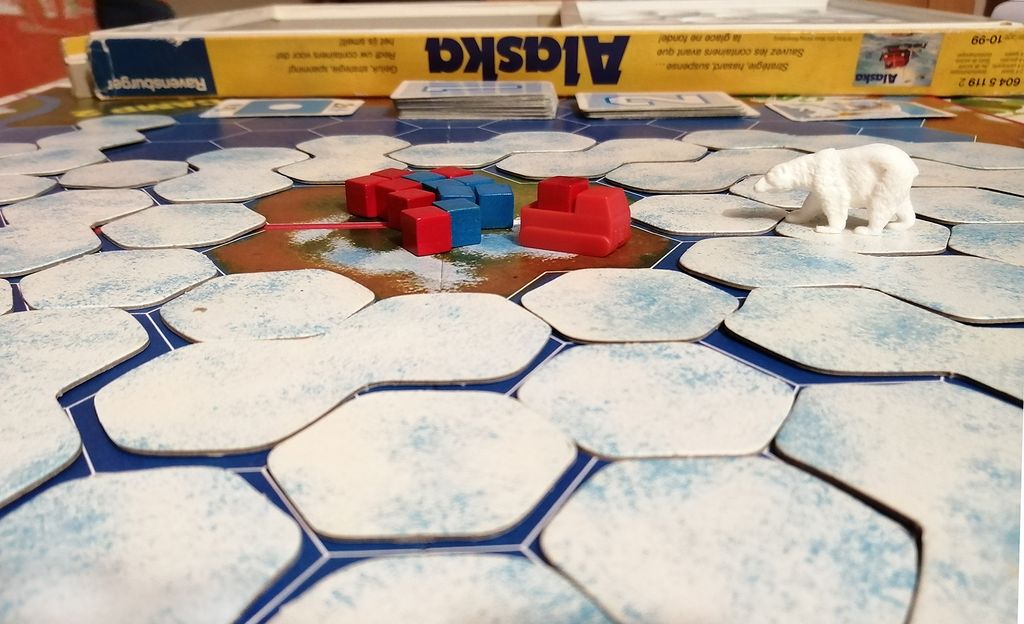
Component Quality and Design in ‘Alaska’
I’ve gotta say, ‘Alaska’ impresses right outta the box! The first thing that caught my eye was the sheer beauty of the components. The board’s artwork reflects the rugged, icy terrains of Alaska, making you feel like you’re really out there braving the cold. The tiles are thick and sturdy, perfect for withstanding the rigors of enthusiastic gameplay. No flimsy cardboard here, folks!
The game pieces are also top-notch. The little explorer figures and resource tokens have a nice heft to them, and they’re crafted with an eye for detail. It’s as if someone took the time to hand-carve these tiny works of art. I love that, because it makes the game feel more immersive. You’re not just moving pieces; you’re moving adventurers on a mission. Kudos to the designers for adding that extra touch.
Let’s talk cards. They aren’t paper-thin; they have a good laminate finish that makes shuffling a breeze. This might sound minor, but how many times have you had a deck of cards that split like a bad haircut after a few games? ‘Alaska’ stands up to the test, keeping the cards in great shape even after many rounds of play.
In short, the game’s components and design elevate the entire experience. When a game feels this good to touch and see, you know you’re in for a treat. Next, I’ll tackle Player Interaction and Engagement – it’ll be a wild ride, no doubt about it!
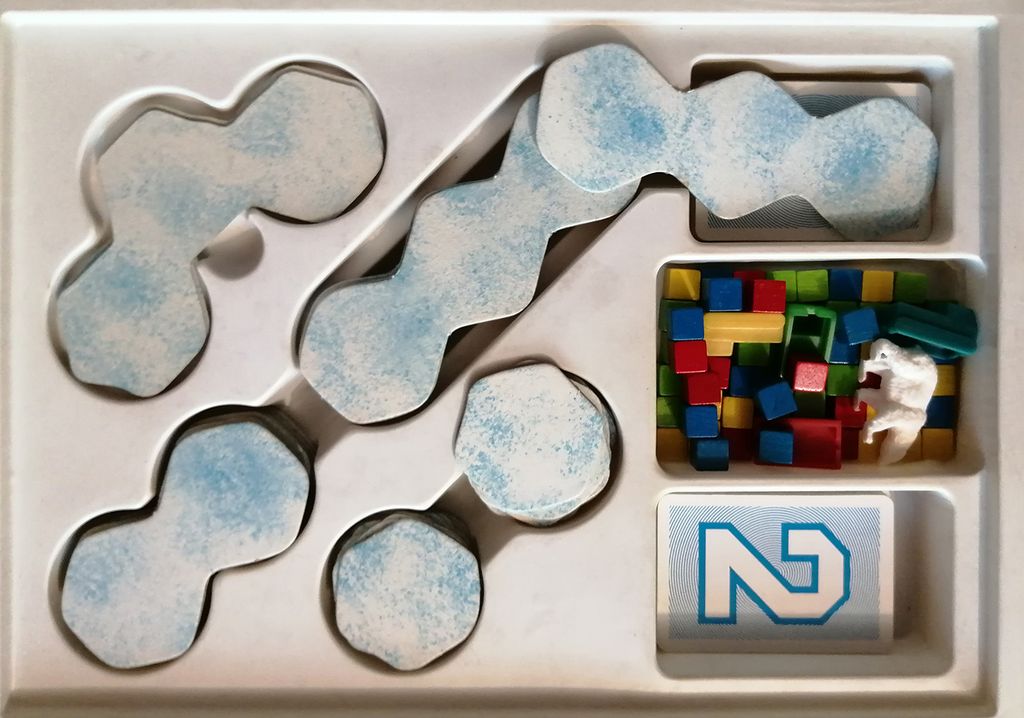
Player Interaction and Engagement in Alaska
Let me tell you, folks, when my friends and I cracked open ‘Alaska,’ we did not expect the level of player interaction we got. Sure, we knew we’d be competing, but the game throws in twists and turns that got us trash-talking and plotting like villains in a heist movie!
In ‘Alaska,’ you’re not just playing against the game’s mechanics; you’re also up against the other players. Each turn feels like a tense negotiation. Do you sabotage a player who’s ahead, or form temporary alliances? You can’t just hide in your corner and build your little Arctic empire. Nope, you’ve got to be involved, on your toes, and ready to adapt.
The designer did a fantastic job ensuring players stay engaged. You have to pay attention to everyone’s moves because at any point, someone might snatch a vital resource right from under your nose. It’s like playing chess, but with the added thrill of sabotage. Ever seen a grown man lose his mind because someone took all the salmon? It’s both sad and hilarious.
Now, I won’t sugarcoat it – if you’re not a fan of games where player interaction can become a bit heated, you might find ‘Alaska’ a tad stressful. But hey, if you enjoy a good mix of strategy and social shenanigans, then this game delivers in spades.
Would I recommend ‘Alaska’? Absolutely! It keeps you on the edge of your seat and ensures the fun is shared among all players, win or lose. Just remember to keep the friendships intact!
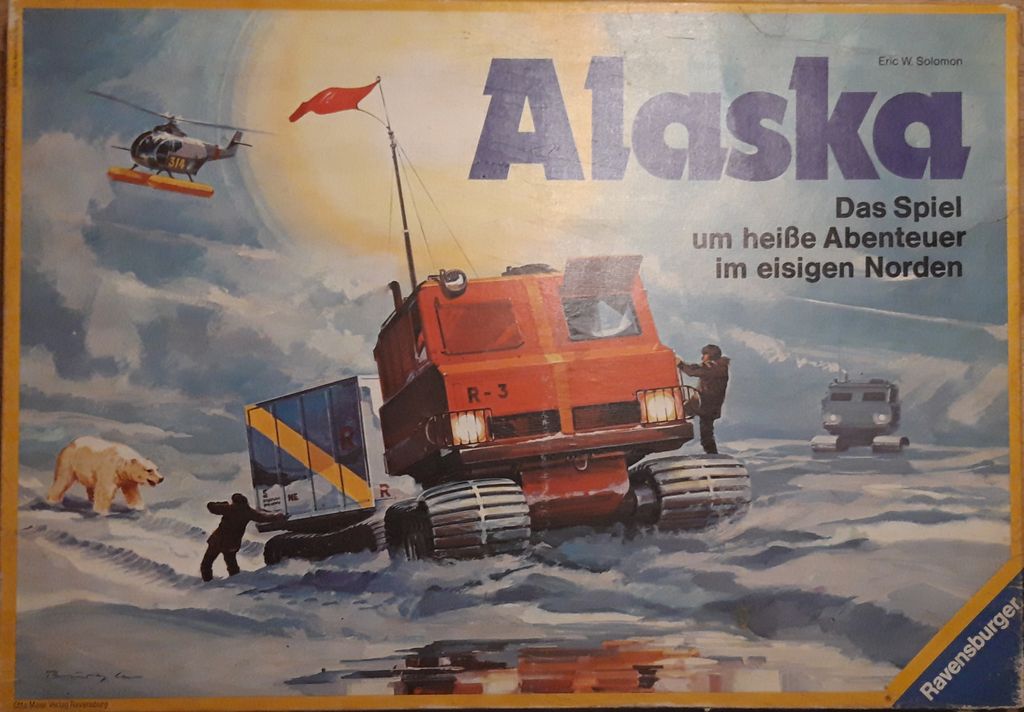
Conclusion
So, that’s ‘Alaska’ in a nutshell. The game shines with its beautiful components, engaging mechanics, and a good dose of strategic planning. It’s not without its flaws though; there’s a bit of luck involved that might not please hardcore strategists. But overall, it offers solid replayability and varied gameplay that can keep you hooked. If you enjoy games that combine strategy with player interaction, ‘Alaska’ should be on your radar. Happy gaming, folks!

